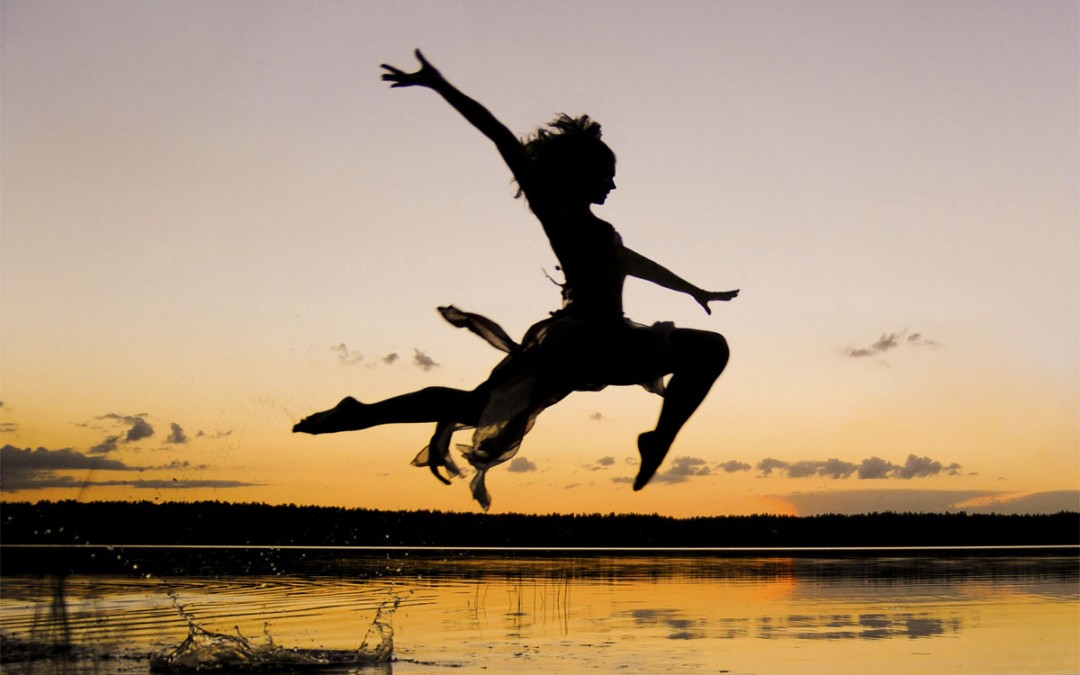Movement Is Bigger Than Fitness
In the grand scheme of things, your PRs and race times aren’t that important. There, I’ve said it.Improving yourself is always something to be proud of, but there’s more to movement than exercise. Hang tight with me here. We’re going to explore what movement means for the big picture of human health, both mental and physical.
What Is Movement Really About?
As the late somatic educator Moshé Feldenkrais said: “Movement is life and without movement life is unthinkable.” Everything we do, and everything we perceive comes down to movement. If you can improve your movement, it ripples out throughout your entire life.
Your brain and body are in a constant dialogue, communicating through sensory-motor cues.Every movement is really a complex interaction of sensory input going to the brain from the body and motor outputs coming from the brain to the body. Nothing is static. Everything we do, and everything we are is a process.
But enough of the psycho-physical philosophy. Let’s get practical.
Movement is engrained in every aspect of our being: physical, emotional, and psychological.
Movement Is All Around You
These sensory-motor cues are going on all day, every day. It’s a conversation. We participate in that conversation through movement. When we consciously move, we take active stock in our human experience. As we shift positions, we pump fluids, trigger chemical reactions, and alter our bodies’ makeup on a cellular level. Simple movements influence everything from your musculoskeletal fitness to your emotional and mental health. Movement is how we learn about and shape the world around us.
Recent studies into the field of embodied cognition highlight this fact. We’ve seen that something as simple as a facial expression can alter how we process emotional information. One review demonstrates that emotional congruence (matching how we look and how we speak) facilitates communication.1 The old cliché of crocodile tears turns out to be rooted in neurobiology.
Whole-body expressions have been shown to be just as effective at communicating emotional states.2 Try it out for yourself:
- Let your chest collapse.
- As you do, be sure to hunch your shoulders up (the world is out to get you, after all).
- And definitely keep your arms crossed in front of you.
When you hold that position, do you notice any shifts in your mood or thoughts? It’s nearly impossible to feel confident in this position. As another recent review puts it: “bodily expressions play a pivotal role in our emotive experiences.”3
Movement Is a Language
This principle extends way beyond a physical and emotional connection – our entire language is built on this phenomenon. Movement and sensory motor-cues are how we intuitively understand abstract information: We grasp a difficult concept, take a leap of faith, embrace change, or digour heels in. When we’re afraid, our blood runs cold. We learn these nebulous ideas by linking them to visceral responses.
Our sensory-motor cues can also be a powerful therapeutic force. The growing field of somatic experiencing is built on the use of interoception, the conscious examination of our thoughts and feelings, and proprioception, the awareness of our physical body in space, as central elements in trauma therapy.4
Emotional stress can cause a very real physiological effect, but most of the time this is a subconscious process. We simply know that we’re stressed out, but our bodies react with restricted breath, increased heart rate, sweating, and that sinking feeling in your stomach.Bringing conscious awareness to those physiological processes influences how we process those stimuli and can help us manage them more effectively.5
As “movement culture” grows in popularity, these findings help us clarify that movement is so much more than exercise and party tricks. Movement is central to our physical, emotional, and psychosocial health.
The Roots of Natural Movement
You’ve been moving since you were in the womb. And in an ideal world, you’d be moving just as much today as you did growing up. Unfortunately, most of us don’t have the luxury of that time or freedom. So we put this big, messy world of movement into convenient boxes called “exercise.” Typically they’re an hour long, a few times each week. They are built around numbers: sets, reps, pounds, calories, and miles.
But this ignores the natural function of movement. The healthy human animal is both inquisitive and acquisitive. It is curious about the world around it, and so it walks, runs, climbs, crawls, and swims. It picks up, throws, and carries. It dances, sings, and has sex. Occasionally it fights. It finds connection to its tribe and its environment through movement.
Movement is about enriching the human experience. It’s about navigating the world around you and bonding with others in the process. You may not care about chiseled abs or gains, but you owe it to yourself to move.
You’ll Also Enjoy:
- Proprioception: The Next Frontier in Fitness
- Beyond GPP: The New Model of Performance Training
- Practical, Adaptable, and Efficient: 3 Natural Movement Principles
- New on Breaking Muscle Today
References:
1. Paula M Niedenthal, “Embodying Emotion,” Science. 316(2007):1002-5. doi: 10.1126/science.1136930
Beatrice de Gelder, “Towards the neurobiology of emotional body language,” Nature Reviews Neuroscience, 7(2006):242-249. doi:10.1038/nrn1872
Tom F. Price, Harmon-Jones E, “Embodied emotion: the influence of manipulated facial and bodily states on emotive responses,” Wiley Interdisciplinary Reviews: Cognitive Science. 6(2015):461-473. doi: 10.1002/wcs.1370
Payne P, Levine, PA, Crane-Godreau, MA, “Somatic experiencing: using interoception and proprioception as core elements of trauma therapy,” Frontiers In Psychology, 6(2015):93. doi: 10.3389/fpsyg.2015.00093.
Norman Farb N, Daubenmier, J, et al. “Interoception, contemplative practice, and health,” Frontiers in Psychology, 6(2015):763.

